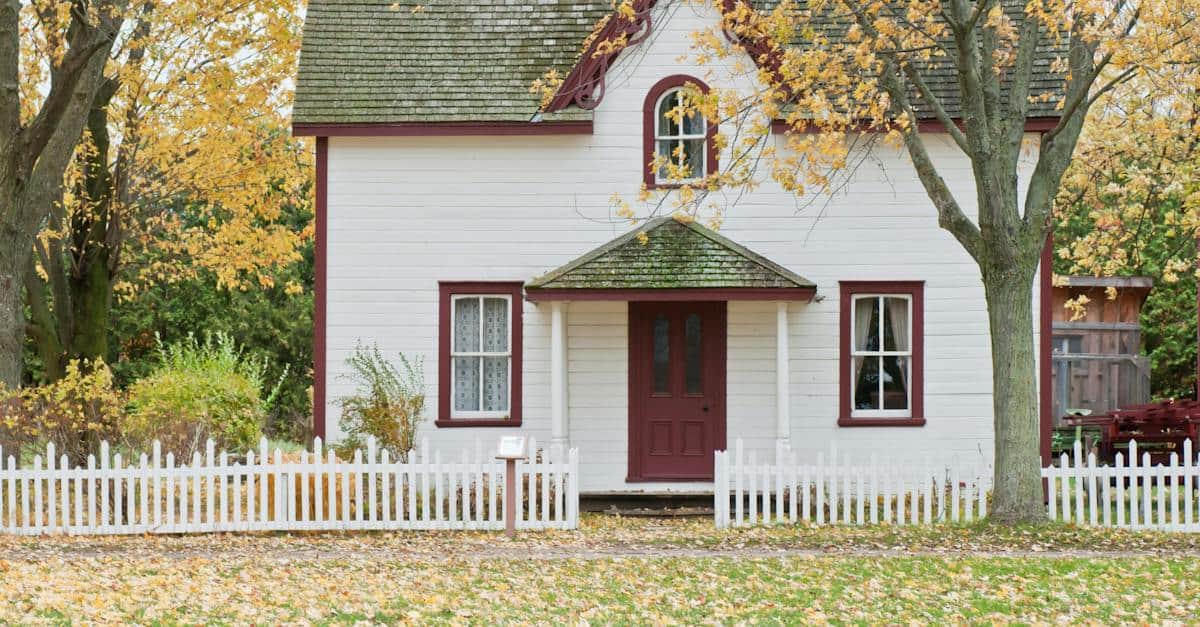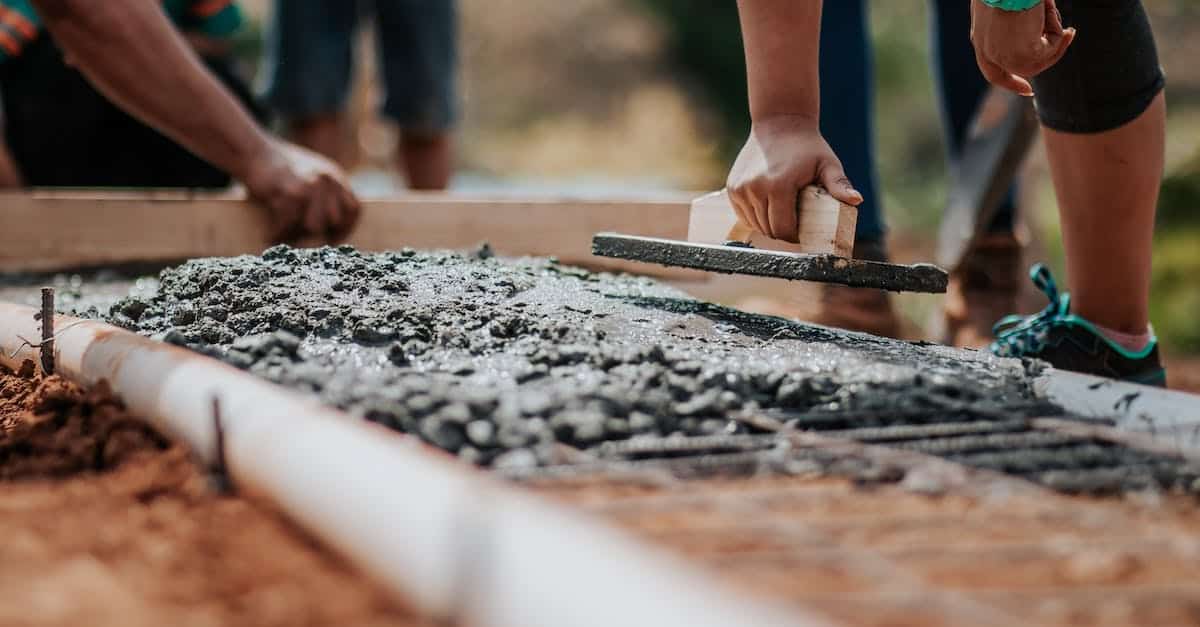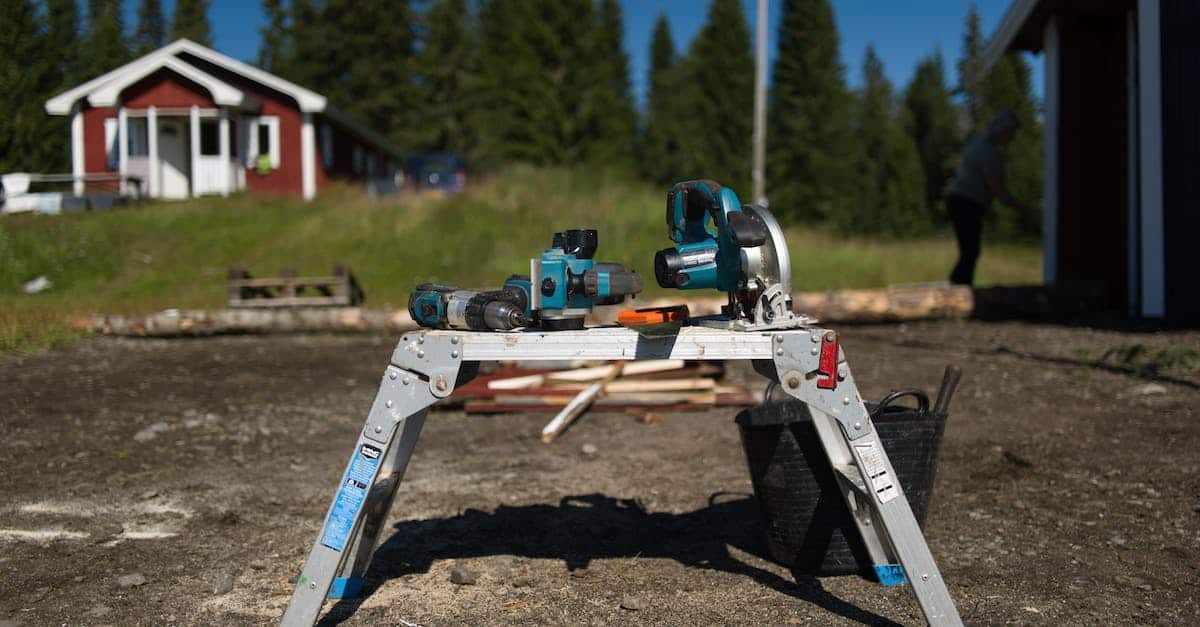When you’re giving your home’s exterior a facelift, choosing the right wood for your trim is crucial. It’s not just about the aesthetic appeal; it’s about durability and resistance to the elements. You want wood that stands the test of time, right?
Types of Wood for Exterior Trim
When you’re picking out wood for your home’s exterior, you’ve got several top-notch options to consider. Each kind of wood has its own unique qualities, and choosing the right one can make all the difference in the longevity and beauty of your trim.
Cedar, for example, is a long-time favorite among homeowners and woodworkers alike. It’s naturally resistant to rot, decay, and insect attacks, making it an excellent choice for exterior trim. Cedar also takes stain and paint well, allowing you to customize the look to match your home’s style.

Another robust candidate is Redwood. This wood is not only stable and resistant to warping—it’s also got a natural charm thanks to its rich coloration. Redwood’s ability to withstand moisture and sun exposure makes it a reliable option for areas with harsher climates.
If you’re looking for something that’s tough as nails, Engineered Wood might be your go-to. Made from wood fibers and resins, engineered wood stands up to the elements without a hitch. It’s also low-maintenance and comes in various styles and textures.
For those who admire crisp, clean lines, nothing beats PVC trim boards. While not wood in the traditional sense, they offer a wood-like appearance with the added benefit of being impervious to rot and insects. Plus, they’re incredibly easy to work with, saving you time and hassle in the installation process.
Lastly, don’t overlook Accoya. This modified wood has gone through a cutting-edge acetylation process, improving its durability and stability. It resists fungal decay and insects with remarkable assertiveness and is an ideal choice for eco-conscious homeowners due to its long lifespan.
- Cedar: Rot-resistant and paint-friendly
- Redwood: Stable with natural appeal
- Engineered Wood: Weather-resistant and customizable
- PVC Trim Boards: Maintenance-free with a wood-like look
- Accoya: Eco-friendly and superbly durable
Each of these materials has its strong points, and your choice will depend on factors like local climate, aesthetic preferences, and budget. Whatever you pick, ensure it aligns with the character of your home and your desire for tough, lasting exterior trim. After all, you want your work to stand the test of time and look great doing it.
Cedar: A Popular Choice for Exterior Trim
When you’re considering wood for your exterior trim, cedar invariably comes to mind for its standout qualities. Recognized for its natural beauty and resilience, cedar is a favored material among woodworkers like you who appreciate both aesthetics and durability in their outdoor projects.
One of the most compelling reasons to choose cedar is its resistance to rot and decay. This characteristic is essential when you’re installing trim that’ll face the elements year-round. The oil content in cedar acts as a natural preservative, helping to stave off moisture and insect damage, which is vital to ensuring your work remains pristine for years to come.
You’ll also find that cedar’s versatility is a big win. Whether you’re planning to paint, stain, or leave it in its natural state, cedar holds finishes well and weathers to an attractive silver-gray if left untreated. It’s easy to cut, shape, and install, making it an excellent choice for DIY enthusiasts looking to add a personal touch to their homes.
Here’s a quick glance at cedar’s standout features:
- Natural rot resistance
- Aromatic scent that deters pests
- Easy to work with using standard tools
- Holds finishes well for a customizable look
What’s more, cedar offers a range of options, from the sophisticated look of clear, knot-free boards to the rustic charm of knotty cedar. The type you choose can complement your home’s style and even enhance its curb appeal.
Remember that while cedar is less prone to movement than other woods, it’s not completely immune to expansion and contraction. Proper installation practices, like allowing for adequate ventilation and accounting for potential swelling or shrinking, are key to maintaining the integrity of your work.
For those of you who are environmentally conscious, you’ll be pleased to know that cedar is often sourced from well-managed forests. This makes it a sustainable option for your exterior trim, aligning with eco-friendly building practices.
Availability and Pricing can vary, so you’ll want to check with local suppliers or specialty lumber yards. Often, investing a little more upfront in quality materials like cedar can save you time and money in the long run with less maintenance and repairs.
Embrace the natural choice with cedar, and watch as it transforms your home project into a masterpiece of craftsmanship and lasting beauty.
Redwood: A Durable and Beautiful Option
When you’re considering the best wood for your exterior trim, redwood stands out as a top-tier choice. Known for its striking appearance and durability, redwood brings a sense of warmth and luxury that few materials can match. With its deep, rich tones and smooth texture, it’ll elevate your home’s aesthetic effortlessly.
Here’s what makes redwood stand out:
- Natural resistance to moisture, decay, and insects: Given your outdoor projects face the brunt of nature, redwood’s inherent qualities make it a reliable ally against the elements.
- Less maintenance over time: Thanks to its resilience, you’ll spend less time on upkeep and more on the projects you love.
- Aesthetically pleasing: Redwood’s grain patterns are exceptionally beautiful, adding a unique character to your home.
Let’s delve into the sustainability aspect. Redwood comes from forests that are strictly regulated to ensure environmental responsibility. Not only are you opting for material that stands the test of time, but you’re also making an eco-conscious decision.
The installation process is a breeze, and here’s why that’s a big deal for you, the DIY enthusiast:
- Redwood is lightweight and easy to work with, which means your saws and tools will glide through with less effort.
- The wood has an uncanny ability to hold fasteners securely, which translates to less frustration and more satisfaction as you piece together your trim.
While redwood might come with a heftier price tag compared to some other woods, its longevity and beauty justify the investment. Your projects should reflect the care and passion you put into them – and choosing redwood could be your best step towards that. Remember to always check for the certified seal on your lumber to guarantee you’re getting sustainably sourced redwood.
Mahogany: A Classic and Elegant Wood for Trim
When you’re eyeing a wood that exudes sophistication for your exterior trim, mahogany is a name that stands out. Known for its timeless appeal, mahogany has been the go-to choice for fine woodworking for centuries. Its straight grain and reddish-brown hue not only add an air of elegance but also complement a wide variety of home styles.
Prized for its stability and resistance to rot, mahogany is an exceptional choice for outdoor applications. Even in the most unpredictable climates, this durable wood stands strong against the test of the elements. And when it comes to maintaining that polished look, you might be surprised that mahogany demands relatively low upkeep.
Here’s what you need to know about mahogany for exterior trim:
- Durability: Mahogany is a dense hardwood, which contributes to its durable nature. It can withstand heavy storms and intense sun without warping or cracking, qualities you’d surely appreciate in the long run.
- Rot Resistance: The natural oils present in mahogany make it less likely to succumb to decay and rot, factors that can be a pain to deal with in other types of wood.
- Aesthetic Appeal: Its deep, rich color and fine grain pattern can be easily finished to a high shine, ensuring your home’s trim captures attention and holds it.
Although mahogany’s upfront cost might pinch your wallet a bit more than other woods, its longevity evens out the initial investment. For you, a savvy woodworker, it’s not only about the material’s performance; it’s about crafting a piece of art that adorns your home. Plus, with your skills, you can seamlessly integrate this luxurious wood into your design, imparting a sense of grandeur that few can match.
Just remember to source your mahogany responsibly. The wood’s popularity has led to sustainability concerns, so opt for suppliers who offer FSC (Forest Stewardship Council) certified lumber.
Embracing mahogany in your home isn’t just a decision; it’s an investment in an aesthetic that stands the test of time. While working with it, you’ll notice how it enhances not only the design but also the overall craftsmanship of your exterior trim work.
Pressure-Treated Pine: A Budget-Friendly Option
As you dive deeper into the world of exterior trim, you’ll come across pressure-treated pine, which stands out as a cost-effective solution. You’ll appreciate this option if you’re looking to stretch your dollar while still achieving robust durability. Pressure-treated pine is widely available, and its affordability is particularly appealing if you’ve got a large project or if budget constraints are tight.
With pressure-treated pine, you’re harnessing the power of chemical preservatives that have been deeply infused into the wood fibers. This treatment adds a layer of protection against decay, insects, and fungal growth. Essentially, it’s like giving your wood a shield, ensuring it lasts much longer than its untreated counterparts.
One thing you’ll notice is that pressure-treated pine often has a greenish hue right off the shelf. But don’t worry, once it’s properly sealed and painted, the outcome looks as professional and crisp as any other high-end wood finish.
Here’s something else you’re going to love: pressure-treated pine is versatile. It’s got the muscle to stand up to harsh weather conditions without batting an eye. And because this type of wood can handle both the wear and tear of the elements and the traffic of a busy household, it’s an excellent choice for exterior trim.
While working with pressure-treated pine, you’ll find it’s a bit heavier than untreated pine due to the added preservatives. It’s also worth noting that you should always wear protective gear, such as gloves and a mask, when cutting or sanding this material. Safety is a must, especially when you’re working with wood that’s been chemically treated.
When you’re ready to start your project, remember that pressure-treated pine requires a bit of time to acclimate to its environment. Allow it to rest at your job site for a few days before you make your first cut. This can help prevent unnecessary warping or twisting once it’s installed.
Going with pressure-treated pine for your exterior trim is a choice that’s practical, it’s resilient, and it’ll leave extra money in your pocket for other woodworking projects or that new tool you’ve been eyeing. It’s a budget-friendly stepping stone toward achieving an outdoor aesthetic that won’t break the bank.
Conclusion
You’ve got all the info you need to make a smart choice for your exterior trim. Pressure-treated pine stands out as a savvy pick that won’t break the bank and will last through the seasons. It’s tough, cost-effective, and with a bit of care, it’ll look just as good as pricier options. Remember to handle it safely and give it time to settle in before you start your project. Here’s to your home looking its absolute best with a trim that’s both practical and handsome!
Frequently Asked Questions
What are the benefits of using pressure-treated pine for exterior trim?
Pressure-treated pine is an affordable and durable choice for exterior trim. It’s treated with chemical preservatives to resist decay, insects, and fungal growth. Due to its treatment, it can withstand harsh weather conditions, making it a cost-effective and long-lasting option.
Can pressure-treated pine be painted or sealed?
Yes, pressure-treated pine can be painted or sealed. Despite its initial greenish hue, it accepts sealant and paint well once it’s dry. This allows for a professional finish that can match any exterior design.
Is pressure-treated pine safe to work with?
Pressure-treated pine is safe to work with as long as the proper safety precautions are taken. Wear protective gear, such as gloves, goggles, and a mask, to avoid contact with the wood’s chemical preservatives. Being heavier due to treatment, it requires careful handling.
Why is it important to let pressure-treated pine acclimate before installation?
Allowing pressure-treated pine to acclimate to its new environment before installation is crucial because it helps to prevent warping or twisting of the wood over time. This step ensures the stability and appearance of your exterior trim for years to come.
How does pressure-treated pine save money for other woodworking projects?
Choosing pressure-treated pine for exterior trim can save money since it is a budget-friendly option with long-term durability. Money saved on trim can be allocated to other woodworking projects or higher-cost materials where needed.
















